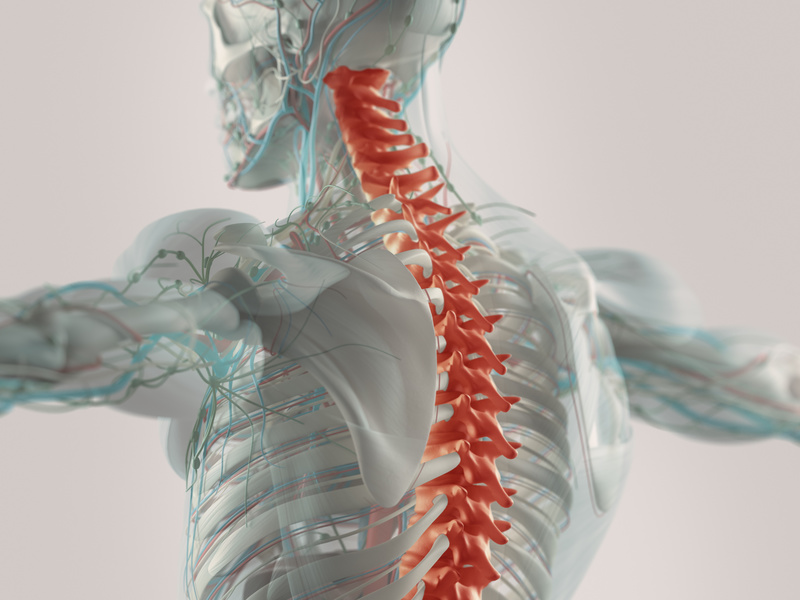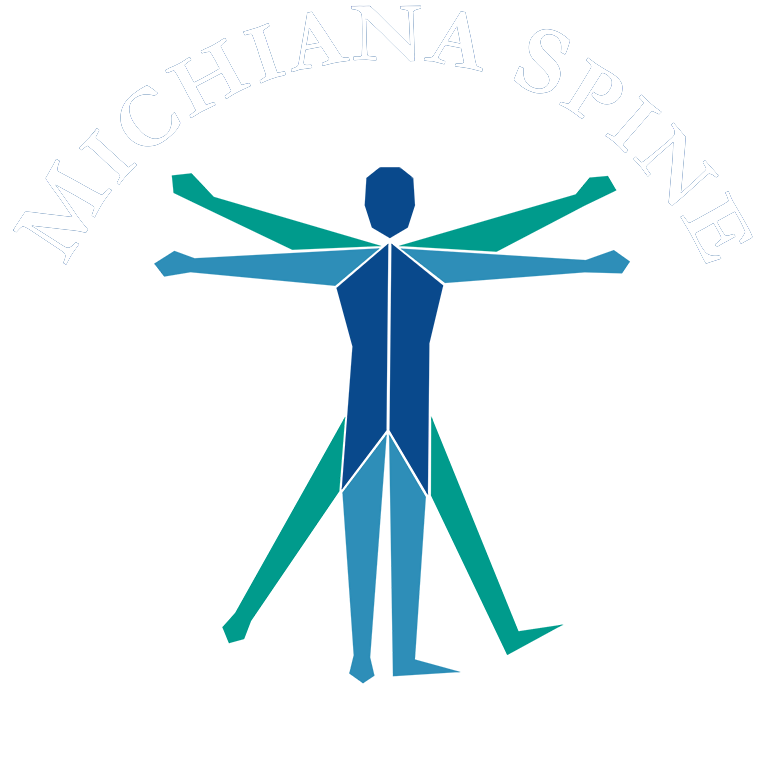Spinal Stenosis: What Is It And How Is It Treated?
 Countless Americans suffer from back pain, but not all back pain can be attributed to the same conditions. For those dealing with spinal stenosis, pain management can be a challenge. However, it is possible to successfully undergo back pain treatment for spinal stenosis and experience substantial relief. In today's post, we'll take a closer look at this condition and the spinal stenosis treatment methods that may be available to you.
Countless Americans suffer from back pain, but not all back pain can be attributed to the same conditions. For those dealing with spinal stenosis, pain management can be a challenge. However, it is possible to successfully undergo back pain treatment for spinal stenosis and experience substantial relief. In today's post, we'll take a closer look at this condition and the spinal stenosis treatment methods that may be available to you.
What is spinal stenosis?
The word "stenosis" refers to the abnormal narrowing of a particular body channel. Spinal stenosis, then, is the narrowing of a bone channel in which the spinal cord or spinal nerves lie. This narrowing can happen in different areas of the spine, but no matter where it occurs, it results in painful nerve compression. While some people are born with certain forms of spinal stenosis, others develop it as they get older as part of degenerative decline. In the latter type, this condition develops very gradually. Typical symptoms may include cramps or aches in the calf region; tingling, numbness, or pain from the lower back into the legs and buttocks or even in the arms; neck or lower back pain; and weakness in the arms or legs.
What are some spinal stenosis treatment options?
-
Physical therapy: Therapeutic exercise and inactive therapy can be highly effective for many people with spinal stenosis and is usually a component of any treatment program. The staff members at your physical therapy center will recommend stretches and other activities to build strength, increase flexibility, and stabilize the spine. You may also be instructed to combine these exercises with heat or ice pack applications, massage, and other treatments to ease discomfort.
-
Lifestyle modification: Staying active is an important part of spinal stenosis treatment, as forgoing physical activity altogether can make symptoms worse. However, there are certain activities that should be avoided. Patients with lumbar stenosis, for example, often feel more comfortable when they're bent forward rather than upright. Therefore, your doctor may recommend that you lean on a walker when traveling or that you sit in a recliner rather than in a chair with a straight back. Your physician and/or physical therapist can make some recommendations as to which modifications might make sense for your circumstances.
-
Injections and/or medication: In some cases, medication is an appropriate form of treatment. Anti-inflammatory medicines (like aspirin) can reduce symptoms like inflammation, pain, and muscles spasms. For others, stronger medications are needed. Narcotic medications may help to reduce more severe nerve pain, as long as it's used only in the short term. Anti-depressants, muscle relaxers, and nerve desensitizing medications can also offer pain relief. However, it's important to discuss possible side effects and risks with your doctor. Epidural injections of cortisone or other steroids can also provide site-specific relief. In this scenario, medications are injected into the area surrounding the impacted nerve roots to reduce pain and inflammation. This is not a long-term solution, but it can be immensely helpful for many patients.
-
Spinal cord stimulation: With SCS, a patient will have a tiny device surgically implanted in their body. This device will transmit a small amount of electric current to stimulate the spinal nerves. While this may sound like it'd be painful, this method actually disrupts the pain from spinal stenosis and changes it into what most patients describe as a pleasant tingling feeling. Patients undergo a trial period with a temporary sensor to see whether it's a viable option. If it is, the patient can have their own system implanted and can gain more control over their pain level in the long term.
-
Surgery: Spinal surgery can relieve certain types of back pain, but the Mayo Clinic notes that it's rarely necessary. As far as spinal stenosis treatments are concerned, surgery is really a last resort. You should first try out all non-surgical options first and consider surgery only if your quality of life has deteriorated and you are in severe pain. Talk with your doctor about the risks in detail before exploring surgical options.
In almost every case, treatment for spinal stenosis starts and/or includes physical therapy. If you're seeking relief for your spine condition, come see us today.
